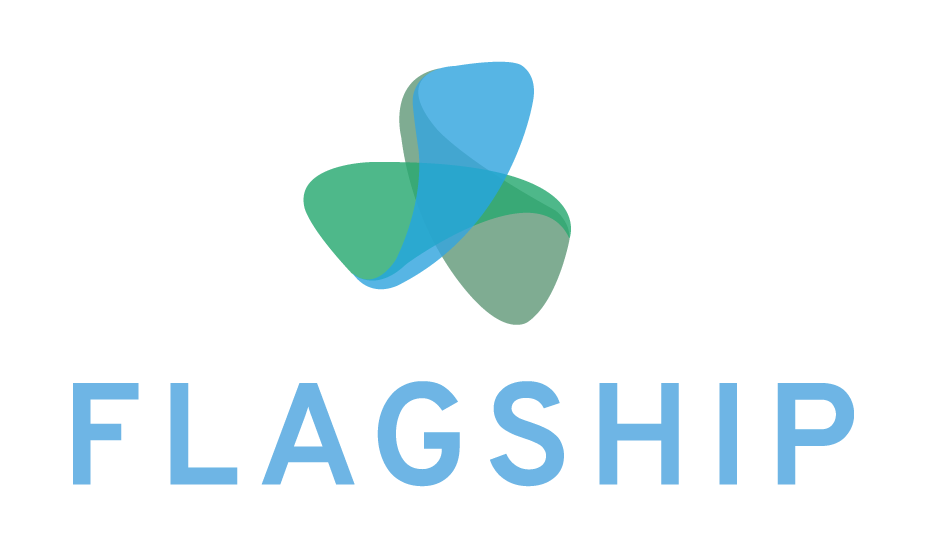
Floating Offshore Wind Optimization for Comercialization

Reducing the Levelized Cost of Energy for floating offshore wind power
FLAGSHIP project aims to reduce the Levelized Cost of Energy (LCOE) for floating offshore wind to the range 40-60 €/ MWh by 2030.
This H2020 project will develop and fabricate the first 10+ MW Floating Offshore Wind Turbine (FOWT) assembled on a floating semi-submersible concrete structure in the Norwegian North Sea.
The initiative was launched in September 2020 and it is coordinated by Iberdrola.

Key
figures
5countries
4years
12partners
25M €budget

Objectives
The main objective of the FLAGSHIP project is to validate and demonstrate an innovative costeffective Floating Offshore Wind Turbine (FOWT) to ensure imminent LCOE reduction in the range 40-60€/MWh. This aim will be addressed with a set of specific goals:
To demonstrate the first 10+ MW Floating Offshore Wind Turbine mounted on a floating substructure.
1
To design and build at 1:1 commercial scale a concrete semisubmersible substructure based on Olav Olsen's patented and disgin protected OO-Star Wind Floater concept.
2
To prove feasibility of a robust and versatile FOW solution for 10MW turbine to 20MW, suitable for different sea conditions and water depths.
3
To define and qualify a cost-effective concrete structure manufacturing process available for building on land, on barge or in a dry dock, and; fully adaptable to typical port facilities and logistics found in most countries worldwide.
4
To demonstrate cost effective installation methods without use of expensive offshore heavy lifts, being the offshore installation performed 100% by towing and use of ordinary moderate size vessels.
5
To provide a verified re-powering and lifetime extension strategy beyond 25 years, based on first digital twin system available for FOWT at different upscaled capacities under real operational environment and minimum 50-years lifetime concrete substructures.
6
To decrease LCOE by 30-50% instead of current average rate of 120 EUR/MWh in pre-commercial FOWT solutions.
7
To reduce the environmental impact of FOW solutions by reducing the carbon footprint of the construction of the concrete floating platform to 50% compared to a steel platform.
8
To increase social acceptance by contributing to reduce the cost of electricity and the socioeconomic impact of the offshore wind technologies.
9
To improve O&M and platform monitoring by the definition of an interactive holistic predictive model for preventive maintenance and efficient wind farm control to reduce wake effects for floating wind farms.
10
To estimate the impact of the climate change in those floating offshore wind farms to be installed and operate in the next 30 to 50 years.
11

Principles & Methodology
FLAGSHIP Project will achieve its objectives based on the following principles:
The initiative addresses the natural step that the wind sector must take to achieve economies of scale in floating wind power through better integration along the entire value chain starting with a single FOW solution at unit scale.
It will be followed by its industrialisation at wind farm scale for mass production and, finally, the project will ensure the versality and long-term feasibility of the proposed solution by concept scalability and lifetime extension.
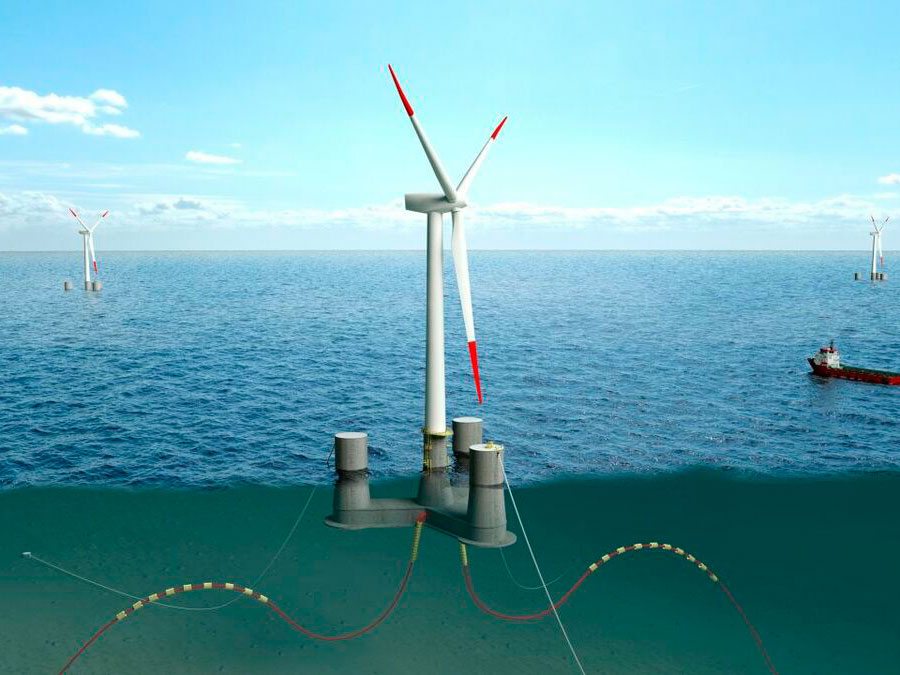
Cost and environmentally effectiveness
Maintenance-free concept for floating platform and minimum O&M requirements for other components
Maximum efficiency and scalability potential proving a solution for a 10+ MW turbine, establishing the requirements for the scalability for 15-20 MW

Demonstration
| Wind speed 50 yr |
|---|
| 10min mean gust, SWL + 100m: 39,5m/s |
| Current speed 50 yr |
|---|
| Surface 1,62m/s |
| Seabed |
|---|
| Clay, soft soil (over medium to stiff clay) |
| Wave height 50 yr |
|---|
| Hs= 12,9m Tp= 16sec. |
| Distance to shore |
|---|
| Approx. 13km |
| Water depth |
|---|
| 200m |
FLAGSHIP’s demonstration will be the starting point for large-scale 500MW+ commercial floating offshore wind farms of the future. Its location ensures it will also be feasible to deploy the technology in other locations, such as the Atlantic Ocean, and the Mediterranean and Baltic seas.
First, the dry dock is planned to be constructed at Aker Solution’s Stord Fabrication Yard, North of Haugesund on the west‐coast of Norway.
The project will also build a robust and innovative semi-submersible concrete floating platform based on Olav Olsen’s OO‐Star Wind Floater concept. It includes an easy-to-install anchorage design, innovative mooring designs and configurations, as well as new cable designs with optimized installation and life management procedures.
After the lower section is completed, the dry dock will be flooded, and the concrete structure will be towed away.
Upper sections of the columns will be constructed with the floater moored to the quayside at Eldøyane, near the dry dock. The water depth (>20m) is sufficient for the later assembly of the tower and turbine.
Finally, the FLAGSHIP demonstration will be located in the Marine Energy Test Centre (MET) in the Norwegian North Sea.

Consortium


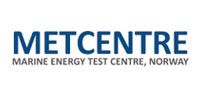



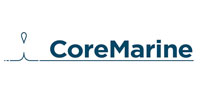

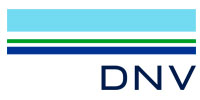
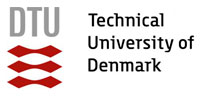


Keep up to date with all the latest news



This project has received funding from the Horizon 2020 reasearch and innovation grant agreement No 952979


